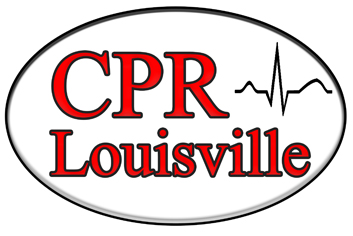A Sexually Transmitted Disease (STD) is an infection that’s transmitted through sexual contact with a person who is already infected with the disease. It’s also known as Sexually Transmitted Infection (STI). Both can be transmitted during sexual intercourse including oral or anal sex. There are different types of STIs including Gonorrhea, Chlamydia, and Syphilis just to name a few.
Anybody who is not using a condom during any type of sex is at risk of getting a Sexually Transmitted Infection. The risk could be higher for people who have more than one partner, those who partners have other sex partners, and people who practice commercial sex. Drug abusers can also be at risk for getting transmitted diseases especially if they are sharing needles. Same-sex couples could be at risk if they don’t use condoms during sex, and make sure their partner is being safe if they have other partners.
Gonorrhea is a Sexually Transmitted Disease caused by bacteria known as gonococcus (clap). This STI is the second most affected by men ages 20-24 and women ages 16-19. Women who may become pregnant can pass STIs onto their children. And it’s no guarantee that the child will suffer long-term or short-term complications until birth. Gonorrhea can also be transmitted by using sex toys with a person who already has the infection. Clap can be treated with antibiotics but if prolonged it can cause other lifelong complications.
Chlamydia infection is a sexually transmitted disease caused by bacteria from the chlamydia trachomatis that affects the urogenital tract. The person who is affected usually doesn’t use protection when having oral or anal sex. And the bacteria is passed onto the uninfected partner. It can also be given to an unborn baby during birth. Chlamydia mostly affects the men’s urethritis which leads to urine and discharge difficulties. If chlamydia is not treated it can lead to infertility problems in both men and women. An antibiotic like penicillin is used to treat chlamydia.
Syphilis is a bacterial infection that spreads from having unprotected sex with an infected person. Bacteria enter a sore around the vagina, buttocks area, or by sharing sex toys. Pregnant women can also affect their children. It can also be caught by sharing needles or from having a blood transfusion. A syphilis symptom varies according to the stage of the infection, stage one is the primary syphilis from a sore that lasts 2-6 weeks and then disappears. Stage two includes skin rashes and sore throat. Stage three is the most severe which if the infection is not treated it can lead to brain damage. There are antibiotics to treat syphilis.
The symptoms between the three infections may be different but all have some of the same. Depending on the type of infection the person has and the person some may experience symptoms and others don’t. But the most common symptoms are discharge from the penis or the vagina. Itching around the private area can also be a sign of a sexually transmitted disease. Pain during sex and when a person has to use the bathroom can be a sign. The pain feels like something is stabbing you or you can have pain in your pelvic area. Having sores around your private area, mouth, tongue, and buttocks. Warts that are soft flesh-colored areas are symptoms. There are always the general symptoms including fever, weakness, and muscle and body aches.
Depending on the type of infection is the type of treatment. The majority of the time doctors can proscribe the patient who is infected with antibiotics, but to eliminate the chances of getting a sexually transmitted disease to use condoms and protect you from getting something that’s not curable. Practicing safe sex will put you in a better chance.
References





